How to Handle a Dog That Gets Jealous When You Greet Other Dogs or People
Jealousy in Dogs: Greeting Others
Jealousy in dogs? It’s more common than you think! Witnessing you greet other dogs or people can trigger a surprisingly complex emotional response in your canine companion – jealousy. Understanding *why* your dog acts jealous is the first step to helping them feel more secure.
Often, jealousy stems from resource guarding. Your dog sees you as a primary resource, and when they perceive a threat to that bond (you spending attention on someone else), they may exhibit behaviors like barking, growling, staring, or even possessive actions around you.
So, how do you navigate these situations? Start with positive reinforcement. Reward calm greetings with treats and praise. Gradually desensitize your dog to these triggers. Begin by having someone walk by at a distance, rewarding your dog for remaining calm. Slowly decrease the distance, always keeping your dog’s body language in mind.
Avoid overly enthusiastic greetings when other dogs or people are present. Keep interactions calm and low-key. Don’t force your dog to interact – let them approach at their own pace.
If jealousy is severe or causing significant problems, consult a certified professional dog trainer or veterinary behaviorist. They can help you develop a tailored training plan to address the underlying anxiety and build your dog’s confidence. Remember, patience and consistency are key! A secure and positive relationship with you is the best antidote to canine jealousy.
Understanding Dog Resource Guarding
## Understanding Dog Resource Guarding
Does your furry friend display unwelcome behavior – barking, growling, or even lunging – when you greet other dogs or people? You might be witnessing resource guarding, a surprisingly common issue in dogs. Understanding *why* it happens is the first step to helping your dog feel more secure.
Resource guarding isn’t about selfishness; it stems from a dog’s instinct to protect valuable items – and that includes their bond with you! Your attention, affection, and even physical closeness are perceived as valuable resources. When challenged, your dog may guard these resources to maintain control.
Recognizing the warning signs is crucial. Watch for stiff body language, staring, lip licking, or a tense tail. If you see these, *immediately* back away. Avoid direct eye contact, which can be perceived as a threat.
The good news? Resource guarding *can* be managed! A gradual desensitization and counter-conditioning program, guided by a certified professional dog trainer or veterinary behaviorist, is often the most effective approach. This involves pairing the presence of the “resource” (another dog or person) with positive experiences like treats and praise.
Never punish your dog for guarding. This can actually worsen the problem, increasing anxiety and fear. Instead, focus on building your dog’s confidence and teaching them alternative behaviors. With patience and consistency, you can help your dog learn to relax and share, creating a happier, more harmonious home for everyone.
Managing Dog Jealousy: Strategies
## Managing Dog Jeaalousy: Strategies
It’s a common canine quirk: the green-eyed monster rearing its head when you shower another dog or person with affection. Dog jealousy can manifest as everything from whining and barking to possessive behavior and even nipping. But don’t worry, it’s manageable! Understanding the root cause is the first step. Often, jealousy stems from resource guarding – a fear of losing attention or perceived resources (you!).
Here’s a practical toolkit to help your dog navigate these tricky social situations:
**Desensitization & Counter-Conditioning:** Start slowly! Expose your dog to the trigger (other dogs/people) at a distance where they remain calm. Reward calm behavior with treats and praise. Gradually decrease the distance as your dog becomes comfortable.
**Redirection is Key:** When you’re greeting someone or another dog, proactively redirect your dog’s attention with a high-value treat or a fun toy. This helps associate the interaction with positive experiences.
**Equal Attention:** Consciously give your dog plenty of focused attention *before* and *after* interactions with other dogs or people. This reinforces their sense of security and importance.
**”Look at That” Game:** When you see someone approaching, say “Look at that!” and give your dog a treat. This helps them associate the presence of others with positive outcomes.
**Avoid Punishment:** Punishing jealous behavior will only increase anxiety and worsen the problem. Focus on positive reinforcement and management.
If jealousy is severe or accompanied by aggression, consult with a certified professional dog trainer or veterinary behaviorist. They can provide tailored strategies and rule out any underlying medical conditions. Remember, patience and consistency are crucial for success!
Positive Reinforcement for Social Greetings
Jealousy in dogs isn’t just a cute quirk; it can lead to unwanted behaviors like barking, lunging, or even resource guarding. When your furry friend gets possessive during greetings with other dogs or people, it stems from a desire for your attention and affection. The good news? Positive reinforcement can help!
The key is to break the association between your greetings and your dog feeling left out. Start by practicing greetings in low-distraction environments. Have a friend or family member gently interact with your dog while you offer high-value treats and praise. The goal is to create a positive association – “Other people/dogs = good things happen!”
Gradually increase the difficulty by introducing more distractions. When you see someone approaching, calmly tell your dog to “settle” or “look at me” and reward them for staying calm. If your dog becomes reactive, don’t scold. Instead, increase the distance between your dog and the trigger, and try again at a greater distance.
Remember, consistency is crucial. Short, frequent training sessions are more effective than long, infrequent ones. Also, avoid overly enthusiastic greetings yourself, as this can inadvertently reinforce the jealous behavior. Keep your interactions calm and controlled.
If the jealousy is severe or you’re struggling to manage the behavior, consider consulting a certified professional dog trainer or veterinary behaviorist. They can help you develop a personalized training plan and address any underlying anxiety issues. Building confidence and positive associations will transform your dog’s greetings from tense moments into happy interactions.
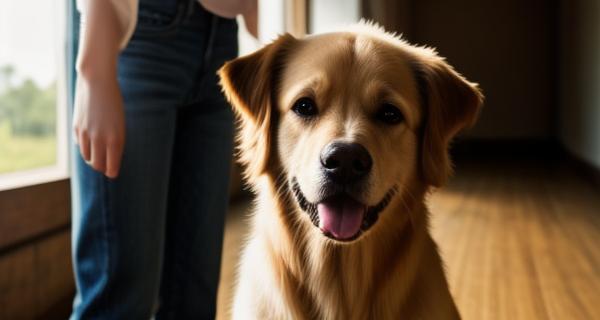
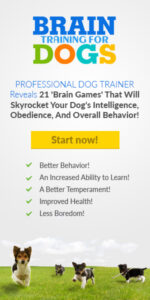
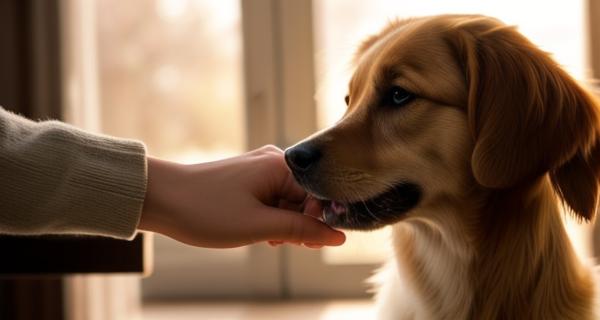
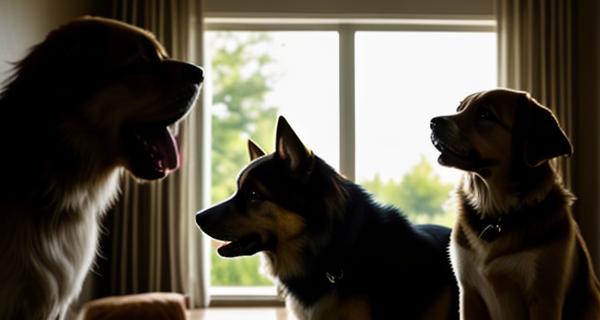
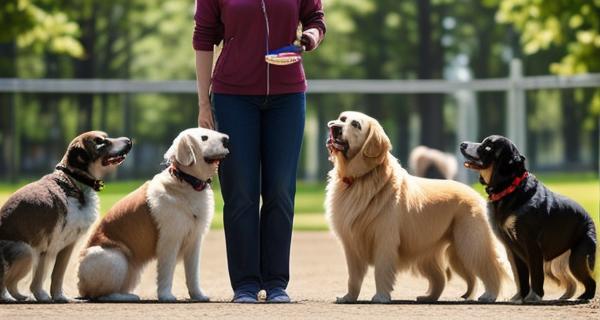
Post Comment
You must be logged in to post a comment.